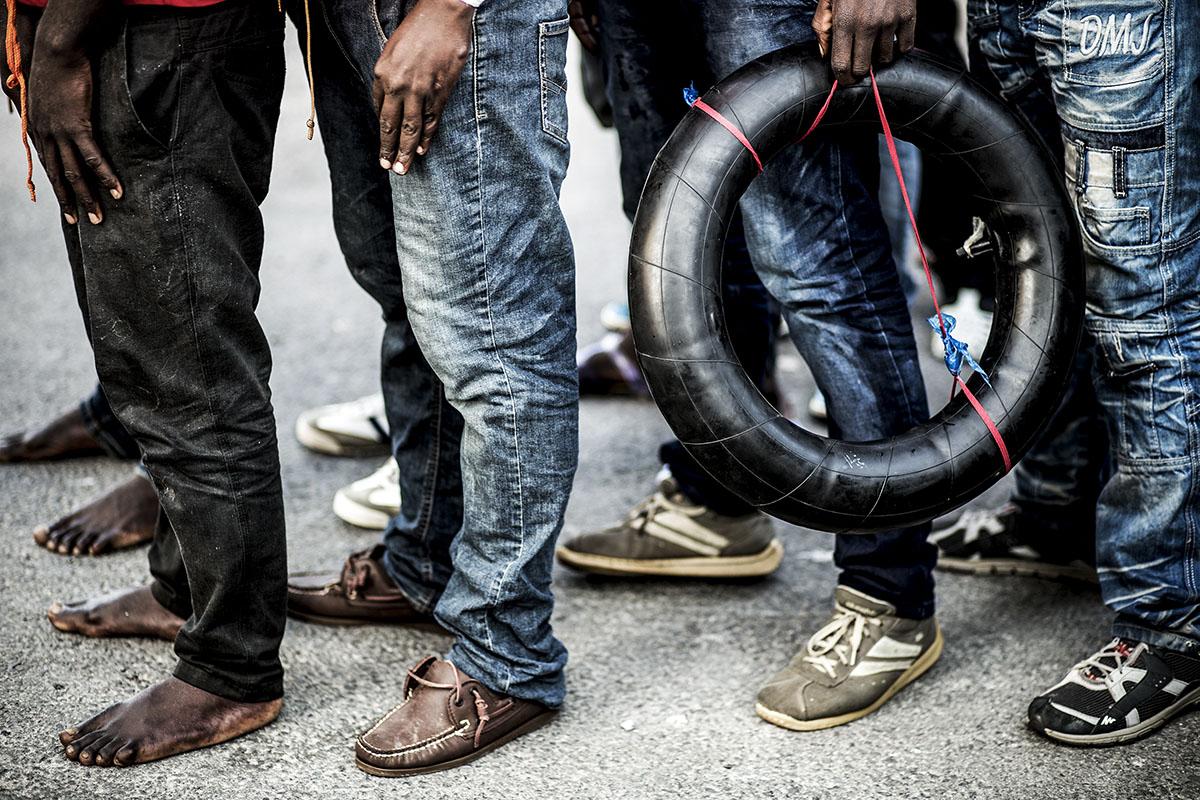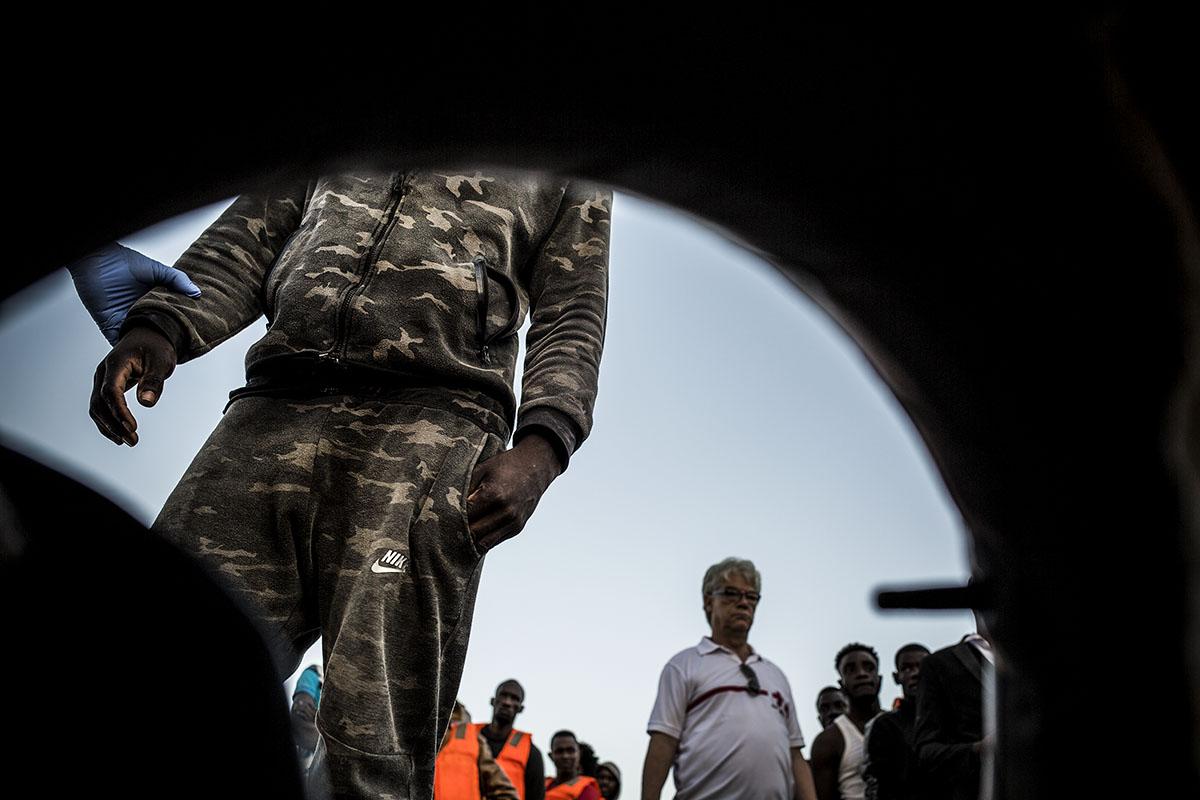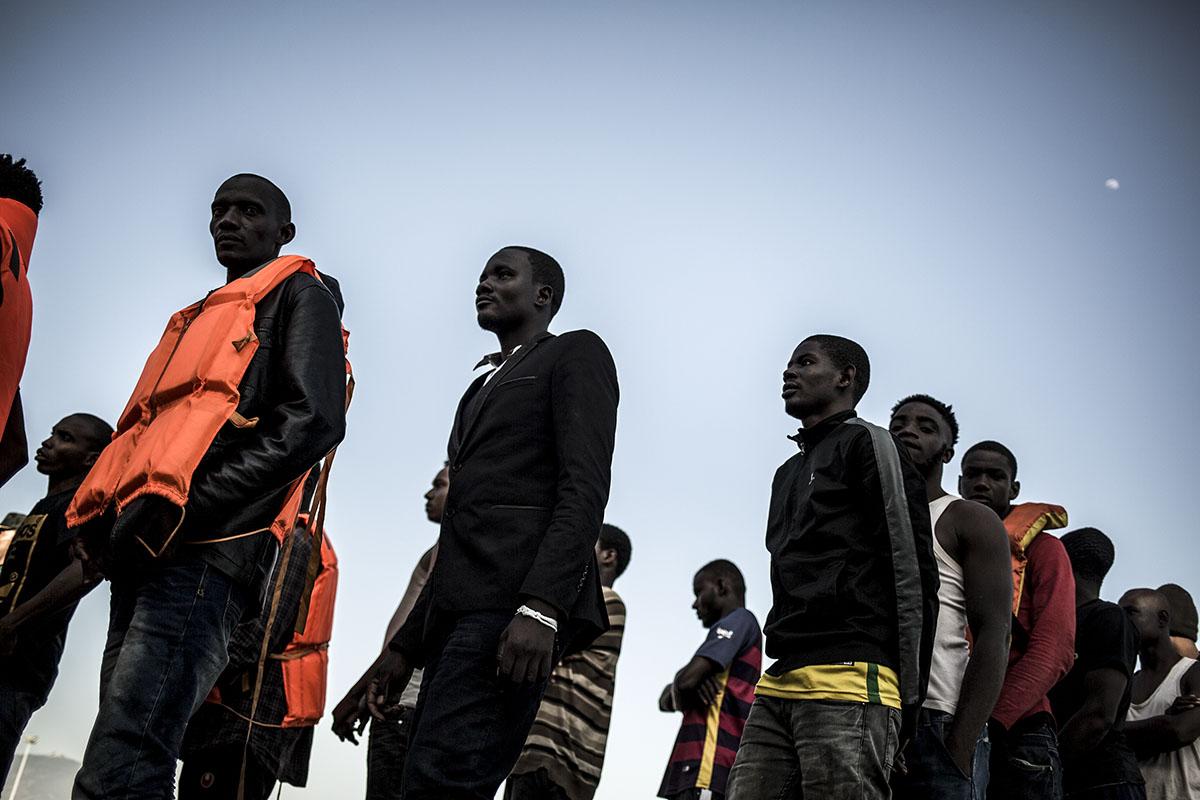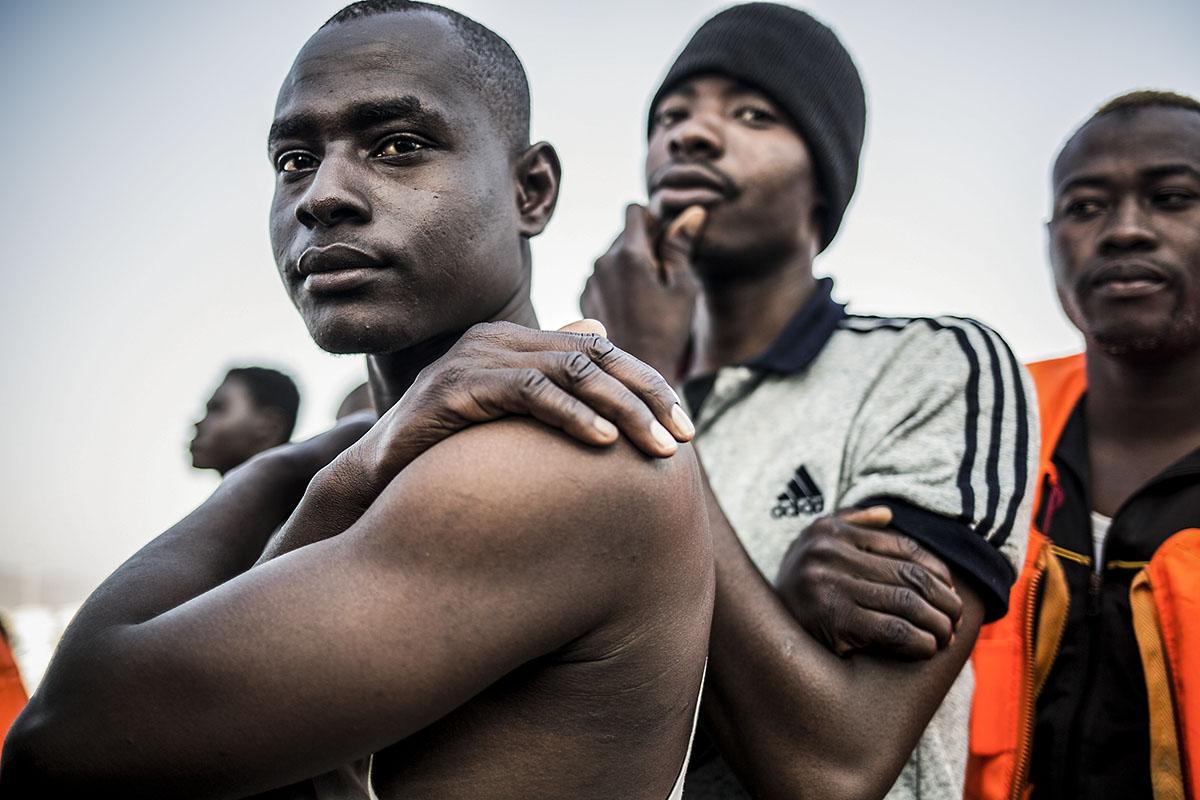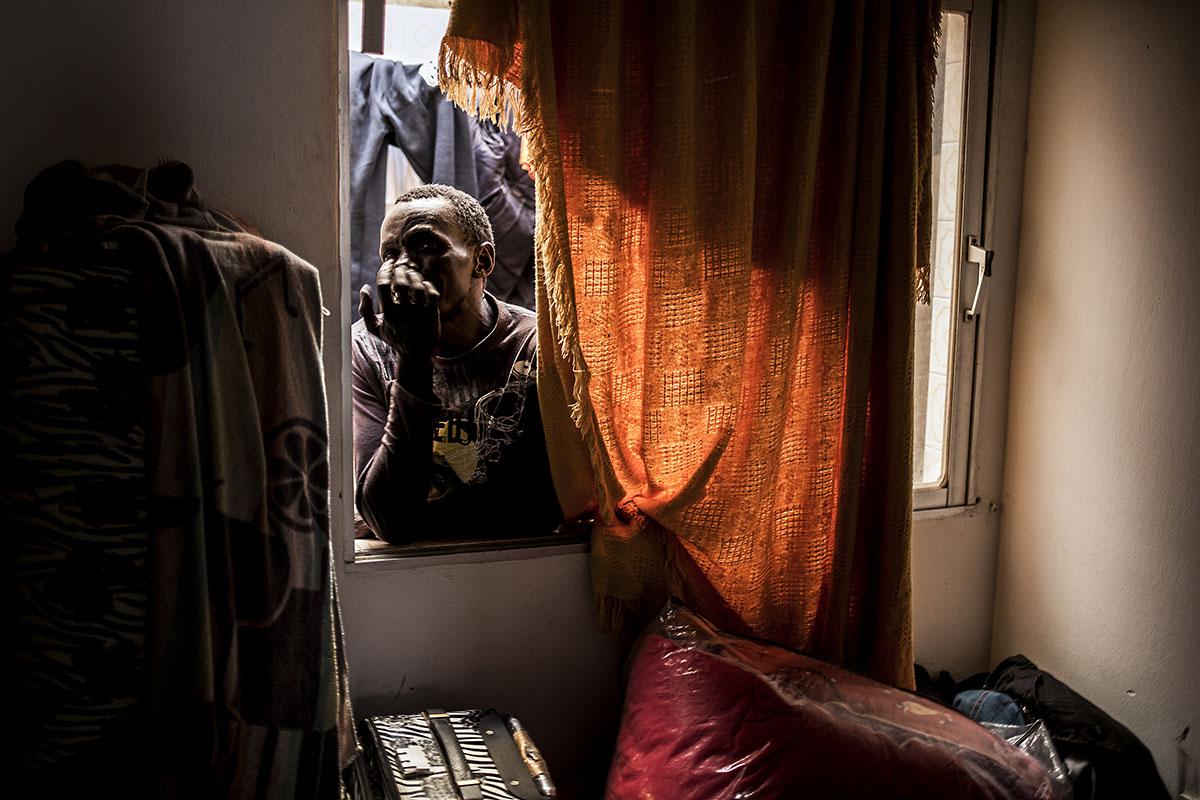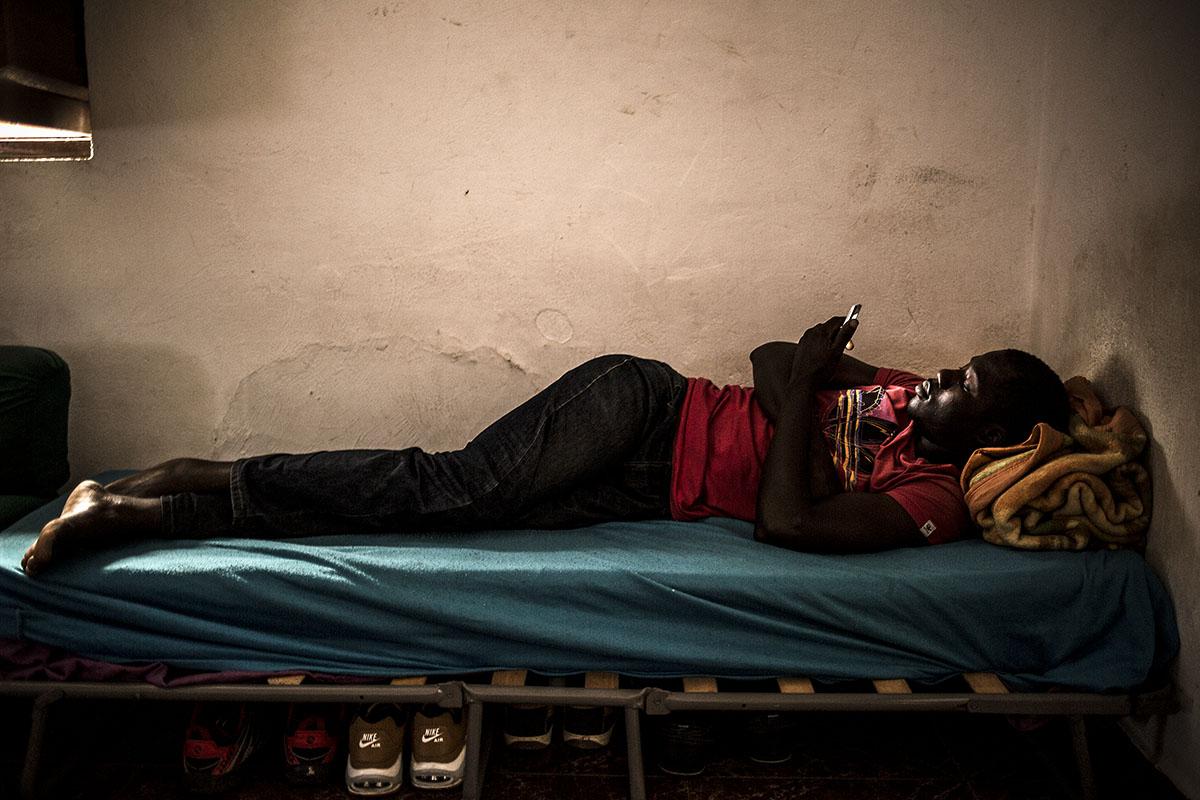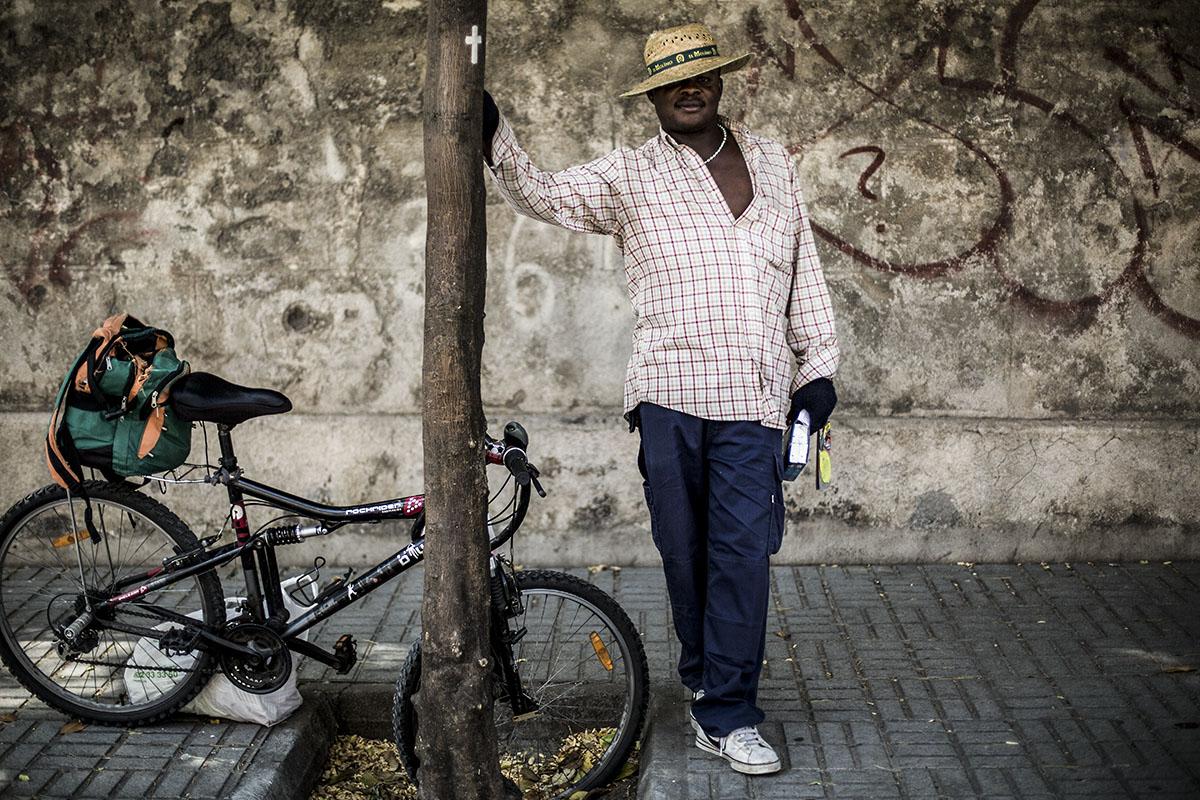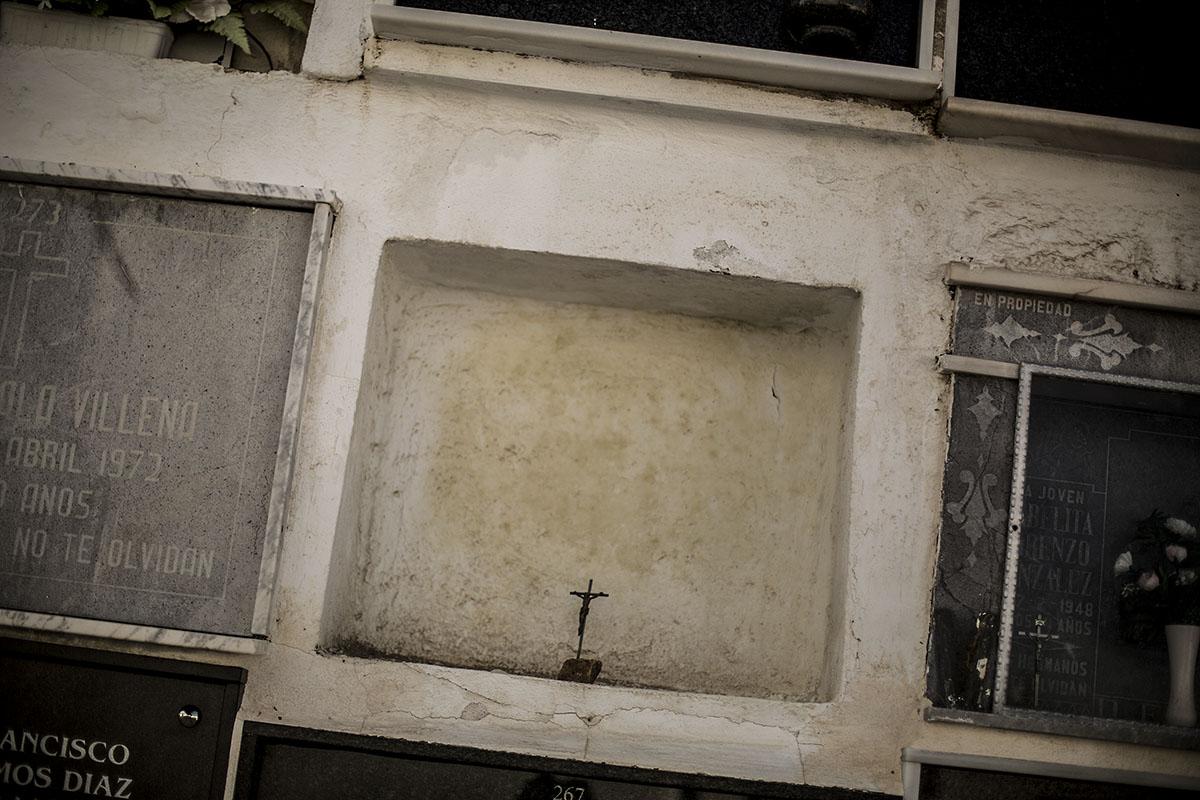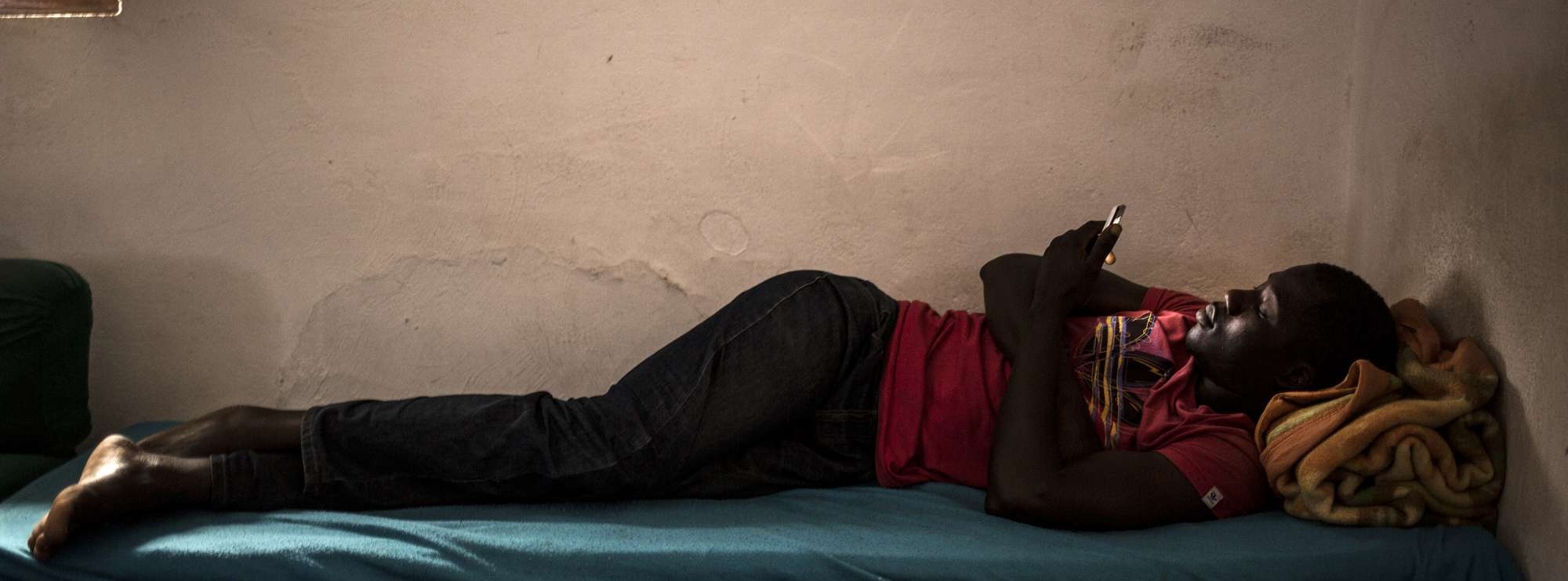
Javier Fergo
Europe´s South Frontier
The sea route between Morocco and Spain postulates itself as the next massive migrant gateway into Europe. Crossing the Mediterranean Sea from Morocco to Spain is the fastest-growing migrant route into Europe, according to the United Nations, the number of inmigrants taking this route has tripled in the past few months. As with many other issues concerning the history of Spain, the alarming surge in the arrival of migrants to Spanish coasts has been largely omitted in mass media and thus far ignored by the government. The terrible situation in Libya, with higher casualties than the Spanish route might be shadowing this growing issue. However, the latter route has seen the most significant increase in human migration in the past year. It comes at no surprise this year Spain holds an infamous second position in the international ranking for the death toll that is occurring in their waters. Lybia takes the first position in the ranking and the loss of lives in Spanish waters now surpasses Greece. After the closure of the Balcan corridor as a consequence of the agreement between the European Union and Turkey, the sea route between Morocco and the South of Spain, known as the Western Mediterranean route, has been reactivated. The dangers of the Libyan route for migrants might have acted as revulsive to these people that now have found in an old route the quickest way to reach Europe. The dramatic increase in the number of migrants opting for this route has not been deterred by the ill-famed fortified fences erected in the frontier between Morocco and the cities of Ceuta and Melilla (Spanish enclaves in North Africa), The Western Mediterranean route saw an apogee in the 1990s, at that time the large majority of people crossing on dinghies (pateras) were the so-called economic migrants, traveling mainly from Northern African countries. Nowadays, the majority come from sub-Sahararian African countries. Spanish authorities in the Andalusia region are struggling to cope with the new massive ‘wave’ of immigrants taking this route. Spanish coastguards rescue people on a daily basis, mainly in the area between the Strait of Gibraltar, and the Alboran Sea, a small Spanish-owned rocky island close to the mainland that gives name to these waters. According to the UN’s International Organization for Migration (IOM), the number of people reaching Spanish coasts on the first half of 2017 has tripled compared to the numbers accounted for this period in 2016. In fact, thousands of people are leaving African countries, such as Mali, the Ivory Coast or Nigeria, due to armed conflicts, violent prosecutions and hunger. Given the scant alternatives, the dangers of the ‘old’ Western Mediterranean route into Europe seem the only plausible route migrants can find to scape an untenable situation in their homeland
